wakizashi’s not just a short katana.
You’ve probably heard of the katana—everyone has. Long, curved, legendary. But what about the other one? The smaller katana. The blade that never left a samurai’s side, even indoors. Yeah, that’s the wakizashi. And no, it’s not just a katana’s little brother.
This one had a life of its own. A reason to exist. Let’s dig into it.
so first… what is wakizashi?
Wakizashi (脇差), the short katana name. Literally, “side-inserted blade”. Sounds fancy, but really—it was the short katana samurai kept at the hip. When they walked into a building, the katana stayed at the door. The wakizashi? Stayed on them.
Usually wakizashi length measured around 30 to 60 centimeters, give or take. That’s about 12 to 24 inches, if you’re counting. Not short like a dagger, not long like a full sword. Something in between. Something… practical.
who carried one?
Of course, samurai did. That’s expected. But not only them.
In Edo-period Japan, only samurai were allowed to wear a katana, a samurai might carry samurai sword set, katana and wakizashi.

But the wakizashi? That was a loophole. Merchants, craftsmen, even townsfolk—they could legally carry one. It became the everyday sword of people who weren’t technically warriors… but still needed protection, or status, or both.
So yeah, it was everywhere. Especially in cities. You’d see it at the hip of someone rich, someone cautious, or someone with something to prove.
not just backup katana
It wasn’t just a “spare.” The wakizashi had serious work to do.
- Tight quarters? This was the go-to blade.
- Surprise attack in a narrow alley? Faster to draw than a katana.
- Had to defend yourself in a tea house without knocking over the sliding door? Bingo.
- Legal carry? Check.
- Ritual presence? Yep. Always there—even when not drawn.
Some say it was used for seppuku, but let’s be real: that was usually done with a tantō, a smaller blade. The wakizashi could be there, but not always the one doing the deed, wakizashi blade is too long. More often, it was the sword you lived with—not died with.
what did wakizashi look like?
If you think it was just a short katana, you’d be… not entirely wrong. But also, not right.
It had the same elegant curve. Same forging method. Hamon (that lovely wave line along the edge) was there too. But it often had a 丸尻 (marujiri)—rounded scabbard end—unlike the square-cut of longer blades. Sometimes the decorations were even fancier. Why? Because this was the one you showed off. The one that stayed with you.
Some were plain, built for function. Others? Gold inlays, sharkskin handles, lacquered scabbards, hand-cut fittings. You’d be surprised what a wealthy Edo merchant would pay for one.
the “daishō” thing
You might’ve heard the term daishō (大小)—literally “long and short.” That was the sword pair: katana + wakizashi, which are japanese standard sword and japanese small sword. Worn together, it marked you as a samurai. It wasn’t just fashion. It was identity. The katana stood for battle. The wakizashi? For readiness. Even indoors, even at peace.
Together they said: “I fight. I defend. I have no intention to start trouble, but I’m not helpless either.”
so… how is wakizashi length different from other short blades?
Let’s break it down:
| Blade | Length | Purpose |
|---|---|---|
| Tantō | Under 30 cm | Dagger, self-defense, seppuku |
| Kaiken | 20–25 cm | Concealed, often carried by women |
| Wakizashi | 30–60 cm | Everyday sword, legal carry |
| Kodachi | 60–65 cm | Rare, older ceremonial blade |
The wakizashi sits in the sweet spot. Big enough to fight with. Small enough to carry everywhere. Formal, but usable. Decorative, but deadly.
little details that make it… not so little
You’d see:
- Bo-hi grooves cut into the blade to make it lighter.
- Beautiful menuki ornaments on the grip.
- Matching fittings with the owner’s katana.
- Sometimes paired in daishō sets with near-matching craftsmanship.
But also… humble ones. Carried by someone who didn’t care about flash. Who just needed something dependable. A steel promise on their side.
and today?
Collectors love them. Martial artists still train with them. Museums show them. And in pop culture, they show up more than you think—but rarely by their true name.
Call it a short katana, and you won’t be wrong.
But now you know better.
It’s a wakizashi.
The quiet one. The close one. The one that never left the room.
Collectors still hunt for the good ones. Martial artists train with them. People buy modern versions. You’ll find them online, or browse our wakizashi collection here.
related stuff (if you’re the curious type):
Read more
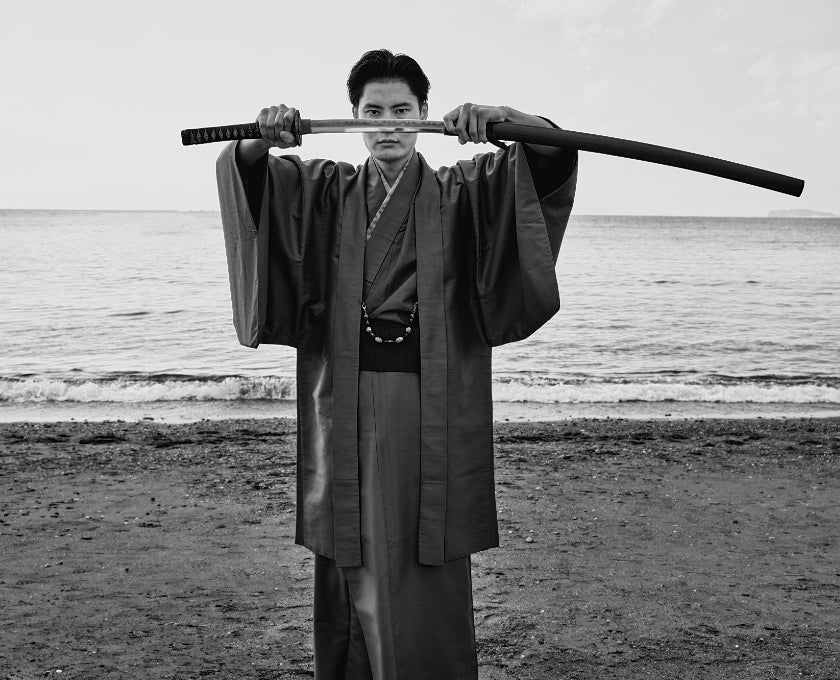
Understanding the Weight and Balance of the Samurai Sword When people imagine a katana, they often focus on its elegant curve, deadly edge, or cultural symbolism. But another crucial detail defines...

Alright, let’s dive into the world of katana care. Just like cars, boats, or other high-maintenance gear, swords need regular care. This is especially true for iconic pieces like the katana, which ...
Shop katana
Our katana store offers a wide selection of japanese swords — from traditional katanas and anime-inspired designs to fully functional blades — featuring a variety of materials and craftsmanship to suit your preferences.

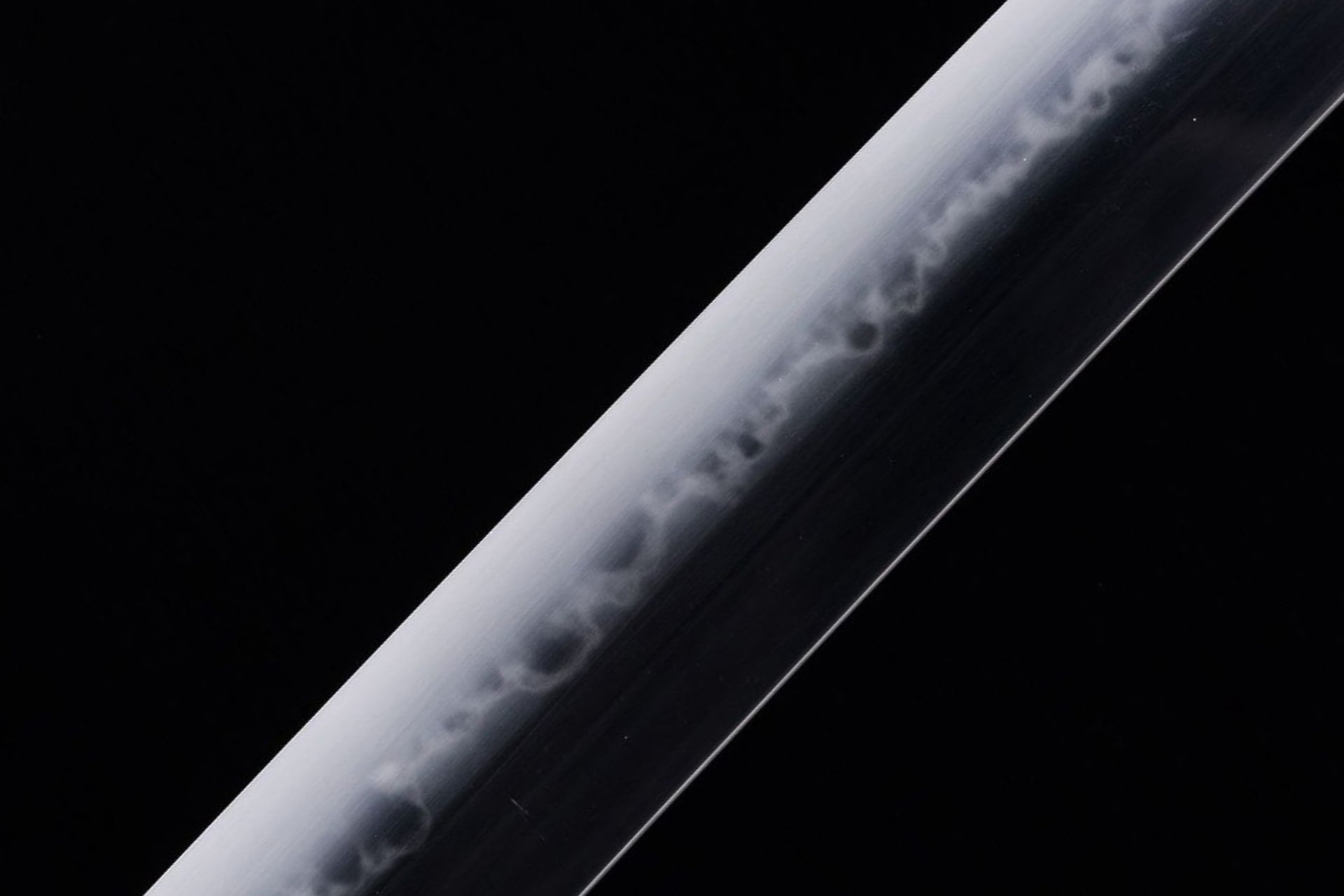
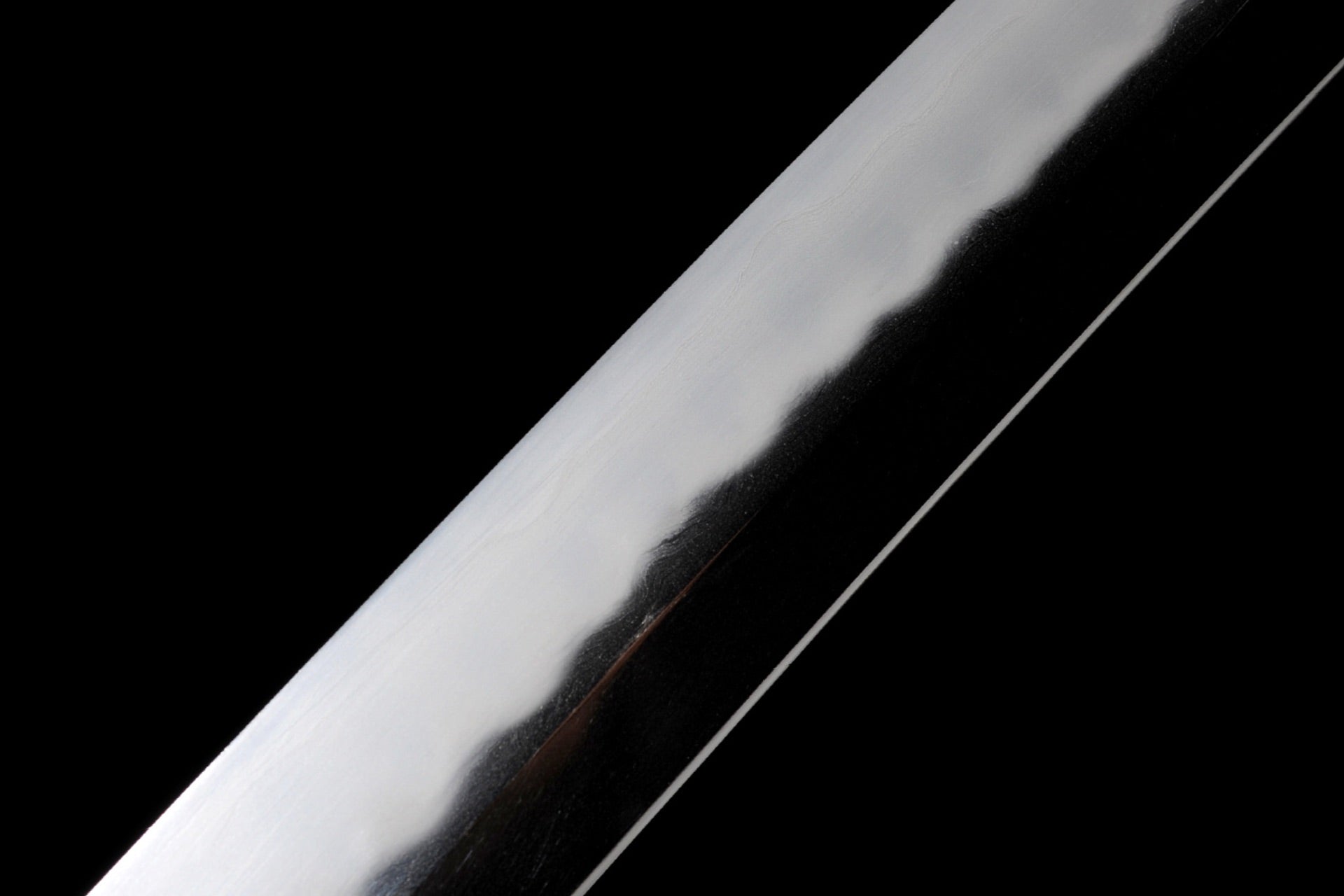
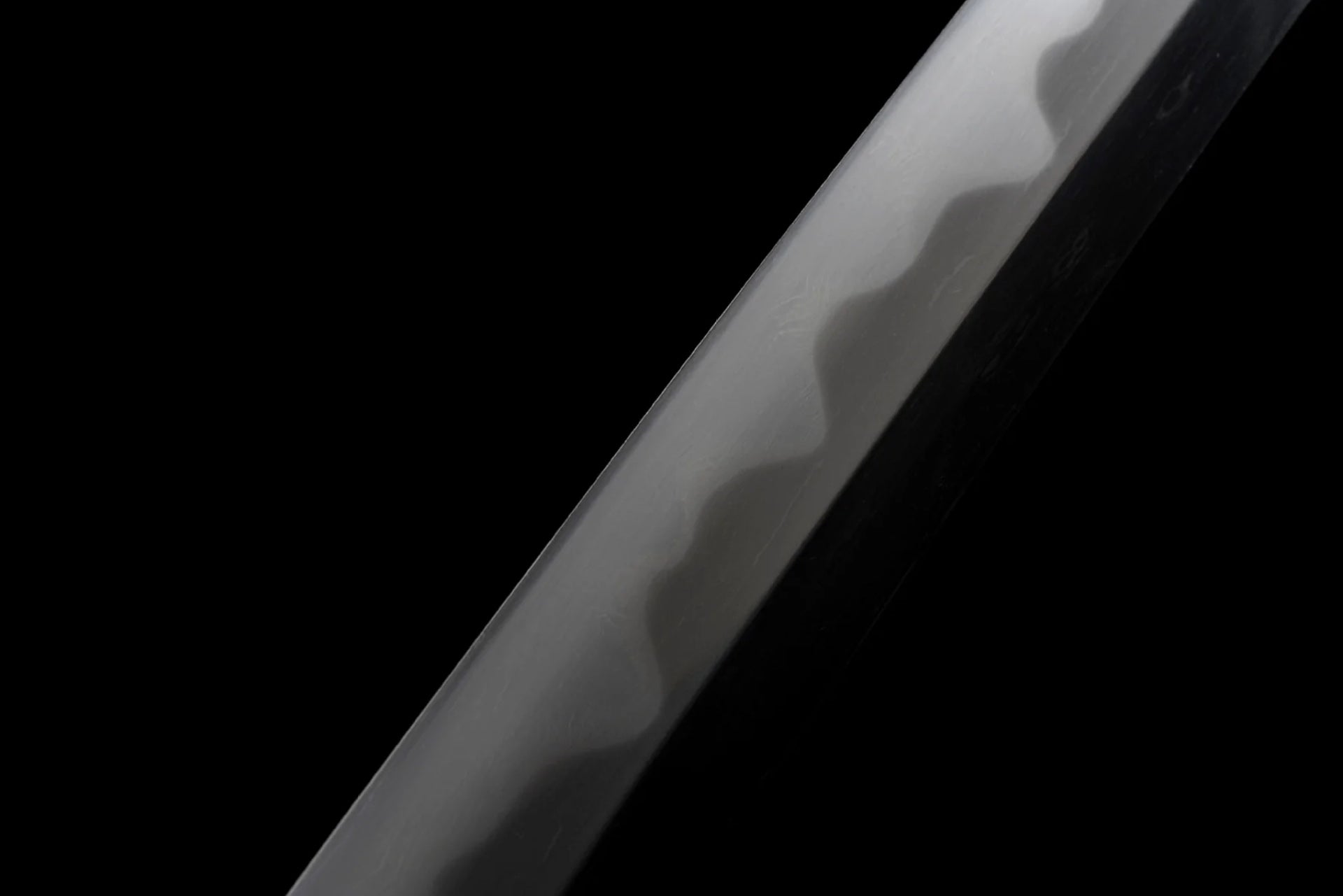
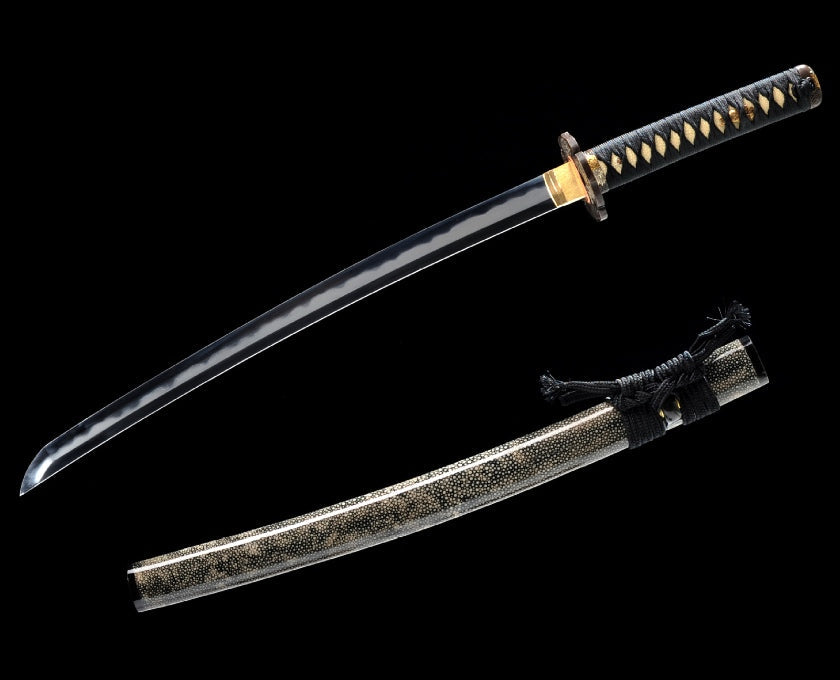
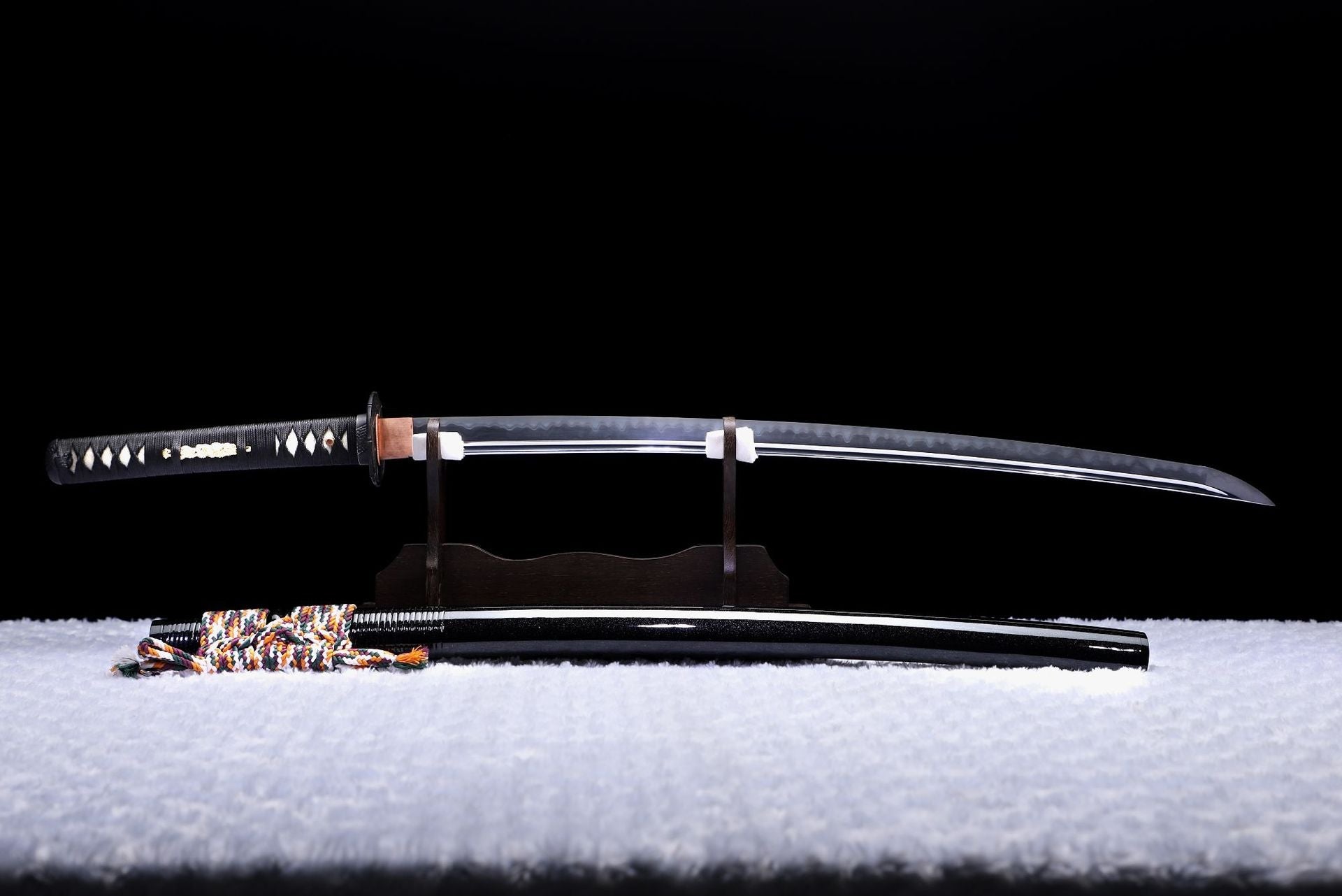
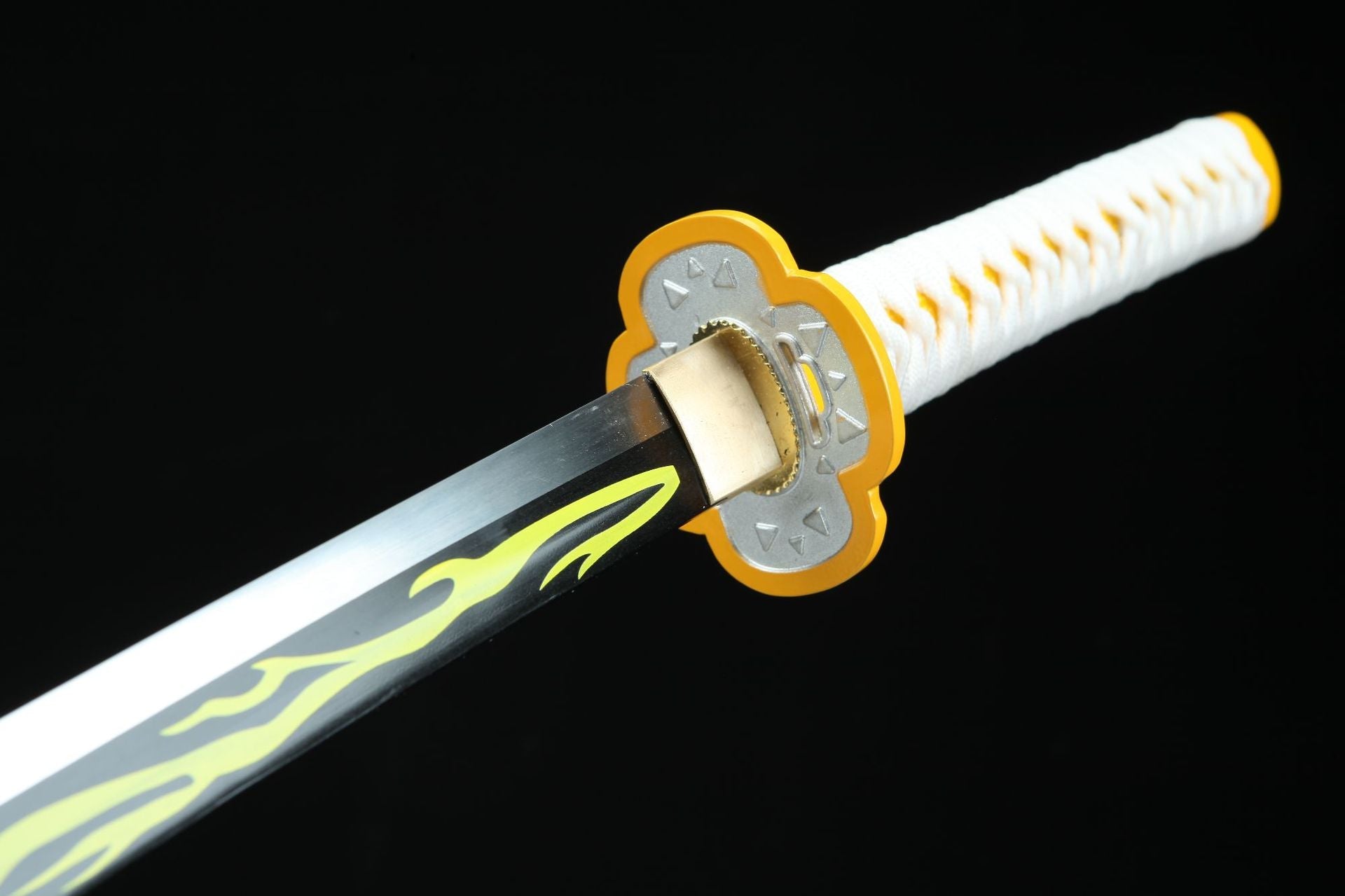
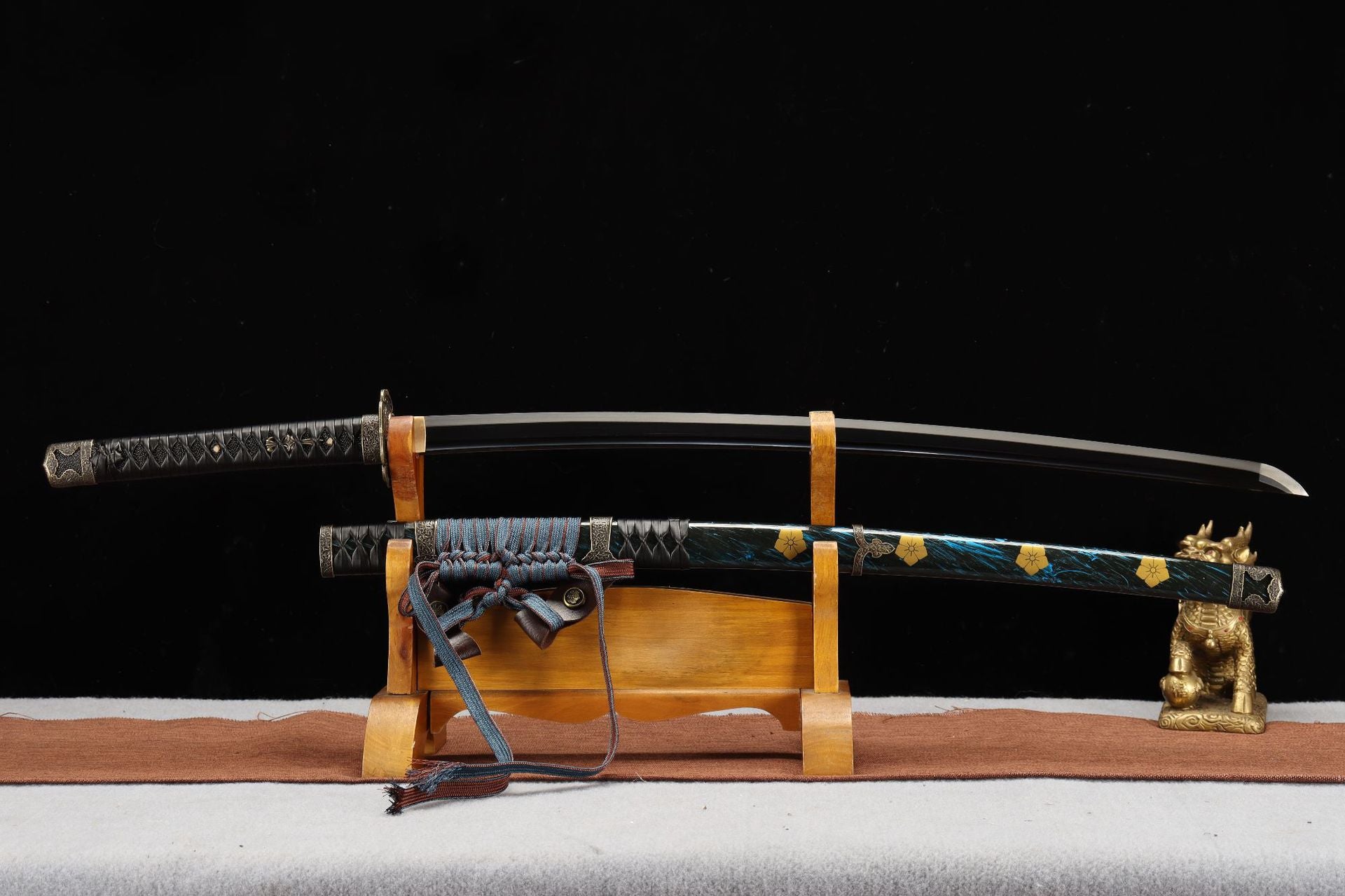
Leave a comment
All comments are moderated before being published.
This site is protected by hCaptcha and the hCaptcha Privacy Policy and Terms of Service apply.